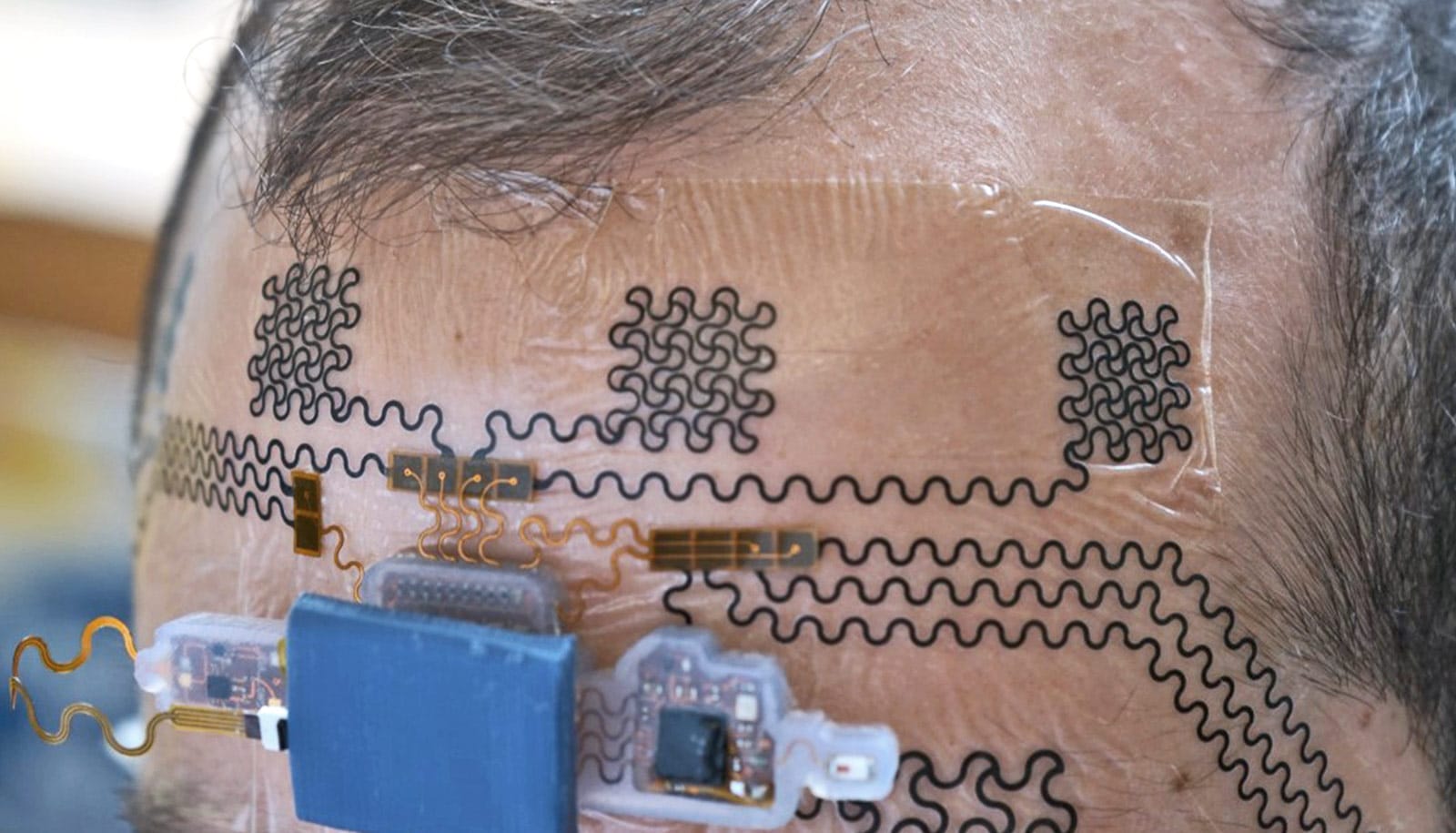More than 40 percent of survivors of acute respiratory distress syndrome (ARDS) who had jobs were unemployed a year after leaving the hospital, losing an average of $27,000 in pay, a new study estimates.
ARDS affects approximately 200,000 Americans every year. Survivors often have long-lasting cognitive dysfunction, mental health issues, or physical impairments, any of which can affect their ability to hold down a job.
The average age of the previously employed survivors was 45.
“Health care providers need to start asking themselves, ‘What can we do to help patients regain meaningful employment,’ and not just concern ourselves with their survival,” says Dale Needham, professor of physical medicine and rehabilitation at Johns Hopkins University.
ARDS is a lung condition often caused by severe infection or trauma and marked by fluid buildup in the lungs’ air sacs. The resulting damage leads to a substantial decrease in oxygen reaching the bloodstream and rapidly developing difficulty with breathing. Patients are usually hospitalized and placed on a life-supporting ventilator.
Cancer survivors get fewer job interview callbacks
One important goal of the study, researchers say, is to better identify specific risk factors for joblessness and to inform future interventions aimed at reducing joblessness after ARDS.
“Multiple studies have suggested that joblessness is common in people who survive ARDS,” says Biren Kamdar, assistant professor of medicine at the University of California, Los Angeles and the study’s first author. “But to our knowledge, none have carefully tracked those who returned to work or subsequently lost their jobs, performed an in-depth analysis of risk factors for joblessness, and evaluated the impact of joblessness on lost earnings and health care coverage.”
The research was part of a larger long-term study of ARDS survivors who have been patients at 43 hospitals across the United States.
Investigators recruited 922 survivors and did telephone interviews at six and 12 months after the onset of ARDS. Each survivor was asked about employment, hours per week, how soon after hospital discharge they returned to work, perceived effectiveness at work, and any major change in occupation.
Researchers estimated lost earnings using age- and sex-matched wage data from the US Bureau of Labor Statistics.
Of the 922 survivors, 386 (42 percent) were employed prior to ARDS. The average age of these previously employed survivors was 45; 4 percent were 65 or older. Overall, previously employed survivors were younger, predominantly male, and had fewer pre-existing health conditions compared with survivors not employed before ARDS.
Envy can turn job-seekers into liars
Of the 379 previously employed patients who survived to the 12-month follow-up, 44 percent were jobless by that time. Some 68 percent of survivors had returned to work at some point during the 12-month follow-up period, but many with fewer hours or reduced on-the-job effectiveness. About 24 percent then lost their jobs.
Throughout the 12-month follow-up period, non-retired jobless survivors had an average estimated earnings loss of about $27,000 each, or 60 percent of their pre-ARDS annual earnings. The findings also show a substantial decline in private health insurance coverage (from 44 to 30 percent) and a rise in Medicare and Medicaid enrollment (33 to 49 percent).
“We believe that ARDS survivors are often jobless due to a combination of physical, psychological, and cognitive impairments that may result, in part, from a culture of deep sedation and bed rest that plagues many ICUs,” says Needham, senior author of the study published in the American Journal of Respiratory and Critical Care Medicine.
“Perhaps if we can start rehabilitation very early, while patients are still on life support in the intensive care unit, getting them awake, thinking, and moving sooner, this may result in greater cognitive and physical stimulation and improved well-being.”
Other researchers involved in the study were from Johns Hopkins, UCLA and Intermountain Medical Center in Utah. Funding came from the National Heart, Lung and Blood Institute, the ARDS Network and the NIH-funded UCLA Clinical and Translational Science Institute.
Source: Johns Hopkins University



